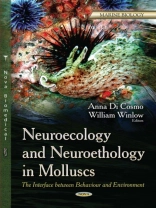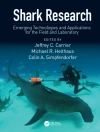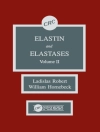The term neuroecology was first coined in the 1980s and describes the ways in which species adapt to their environment both in the short term and in evolutionary time. Here, we focus on molluscan neuroecology to show how it interfaces with neuroethology and how animal behaviour adapts to environmental cues. neuroecology is thus meeting point between ethology, neuroscience, evolution, ecology, physics and chemistry. In this book, our contributors examine the concept of Neuroecology as applied to molluscs for the first time with particular reference to the areas of chemical ecology, predator prey relationships, neuroethology and evolution. Significant neuroecological progress has been made with a number of molluscan groups in terms of neurotoxic peptides, complex defensive ink alarm pheromones, bioaccumulation of shellfish toxins and the evolution of chemical defence mechanisms in species with reduced physical protection. Many molluscs inhabit a world of olfactory cues and their perceptions of the outside world are largely chemically driven, leading to odorant driven behavioural responses. This is important to both molluscan predators and prey and this area is explored in some detail with particular reference to gastropod molluscs. It is also true for cephalopod molluscs which although they have excellent vision, rely on distance chemoreception particularly prey perception, thus demonstrating their significance in affecting marine populations and communities. For more information please check out our website for the full book description.
Anna Di Cosmo & William Winlow
Neuroecology and Neuroethology in Molluscs [PDF ebook]
The Interface between Behaviour and Environment
Neuroecology and Neuroethology in Molluscs [PDF ebook]
The Interface between Behaviour and Environment
购买此电子书可免费获赠一本!
格式 PDF ● 网页 249 ● ISBN 9781629489834 ● 编辑 Anna Di Cosmo & William Winlow ● 出版者 Nova Science Publishers ● 发布时间 2014 ● 下载 3 时 ● 货币 EUR ● ID 7224040 ● 复制保护 Adobe DRM
需要具备DRM功能的电子书阅读器












